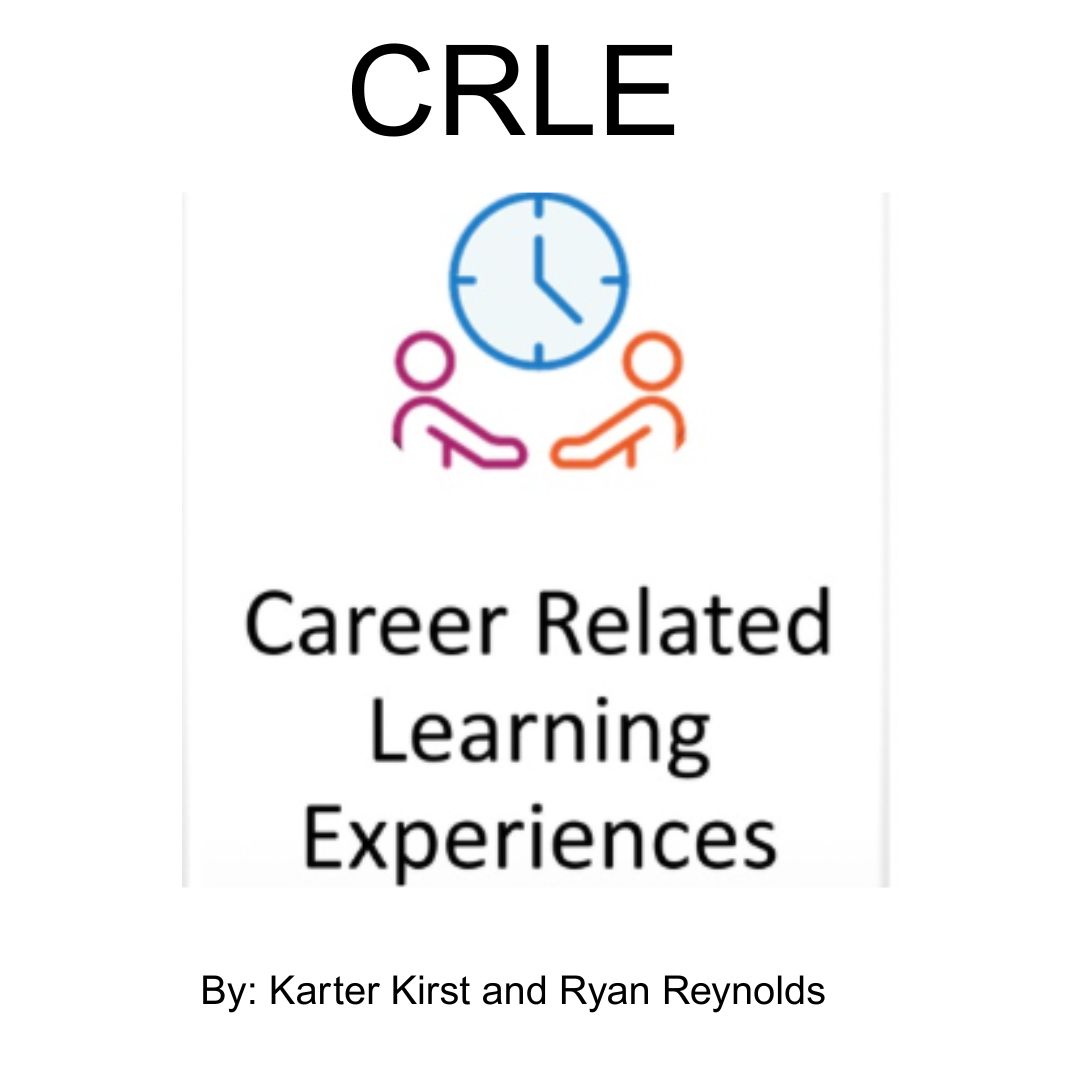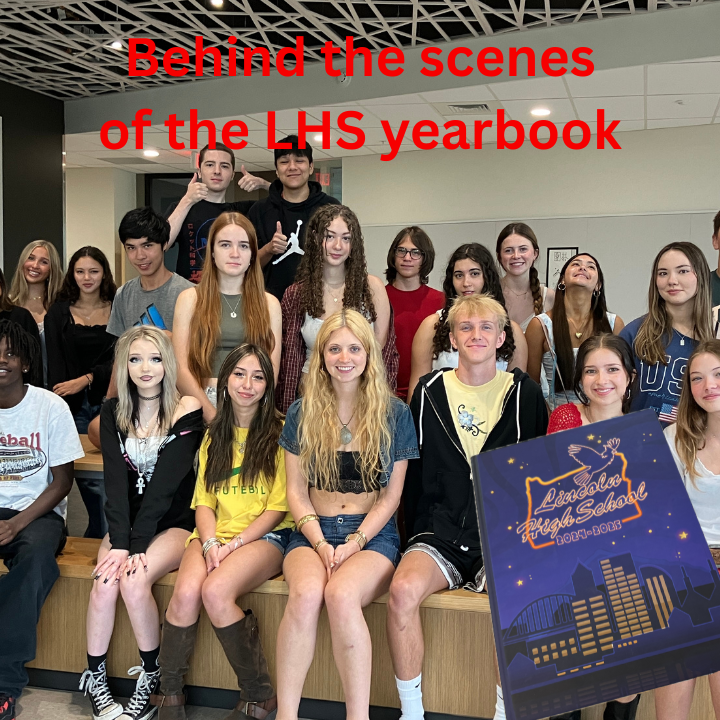The reality of teacher burnout
Rion Roberts is a social science teacher at Lincoln. Roberts has been open about the demands placed on educators and the subsequent on teachers’ mental health.
January 25, 2023
With the growing workload of educators that has been exacerbated by the pandemic, some teachers say they are facing unprecedented levels of stress.
On a nationwide scale, the stress faced by teachers has contributed to the mass exodus of educators, leaving there to be 36,000 vacant teaching positions in the country.
Social studies teacher and member of The Portland Association of Teachers (PAT) bargaining team Steve Lancaster feels that the current demands placed on teachers are leading to burnout throughout the profession.
“It gets to the point where you’re working 50 or 60, or even more hours per week, and you still realize you’re falling way short of what would be the ideal of what you ought to be doing,” said Lancaster. “It can create a sense of futility, a sense of hopelessness.”
A survey conducted in 2022 by the PAT found that over 1400 teachers in the Portland School District were considering leaving the profession.
Social science teacher Rion Roberts believes that there is a disconnect between the actions of the school district and the needs of teachers.
“I think that the school district is engaged in a lot of projects and activities that they expect teachers to be a part of, and I think that those expectations aren’t tied to the reality of what it is like to be in a classroom,” said Roberts.
On a district level, Lancaster thinks the administration needs to recognize the unsustainability of teacher workloads.
“The support and the resources that are provided to both students and teachers are not adequate for the conditions of 10 years ago and the needs today are far greater than a decade ago,” said Lancaster. “Educators are suffering from a refusal on the part of the administration to acknowledge that the system is broken.”
Following the reintroduction of in-person learning, teachers have also experienced intensified levels of stress.
“Last year was probably more difficult for me than the pandemic year; I found myself regularly just being emotionally exhausted,” said Roberts.
Lincoln teacher Julie O’Neill acknowledges how the needs of teachers and students have shifted over the course of the pandemic, yet the structures of our school system have remained static.
“Class size didn’t change. The schedule didn’t change. And so the needs change, but the structures haven’t,” said O’Neill. “We have a great need to be creative, and heard and to belong and when structures get in the way of that, that gets really frustrating and demoralizing.”
Senior Director of Teacher Professional Learning, Kristina Howard, stands behind the District support of educators, saying that this support is demonstrated in The Teacher Professional Learning mission statement.
¨We are committed to building teacher capacity through a continuous, coherent, content-based and collaborative system of professional learning in order to disrupt the predictability of learning outcomes for our most persistently underserved students,¨ said Howard.
Howard hopes that high quality professional learning will lessen a teacher’s workload.
¨We do this by hosting an optional three-day summer institute focused on content professional learning in June or August, three professional learning days throughout the school year (optional for non-TSI/CSI schools), and 12 content cadres during staff meeting time,” said Howard. ¨We also train TOSAs and Mentors in the coaching model to provide 1:1 coaching support.¨




